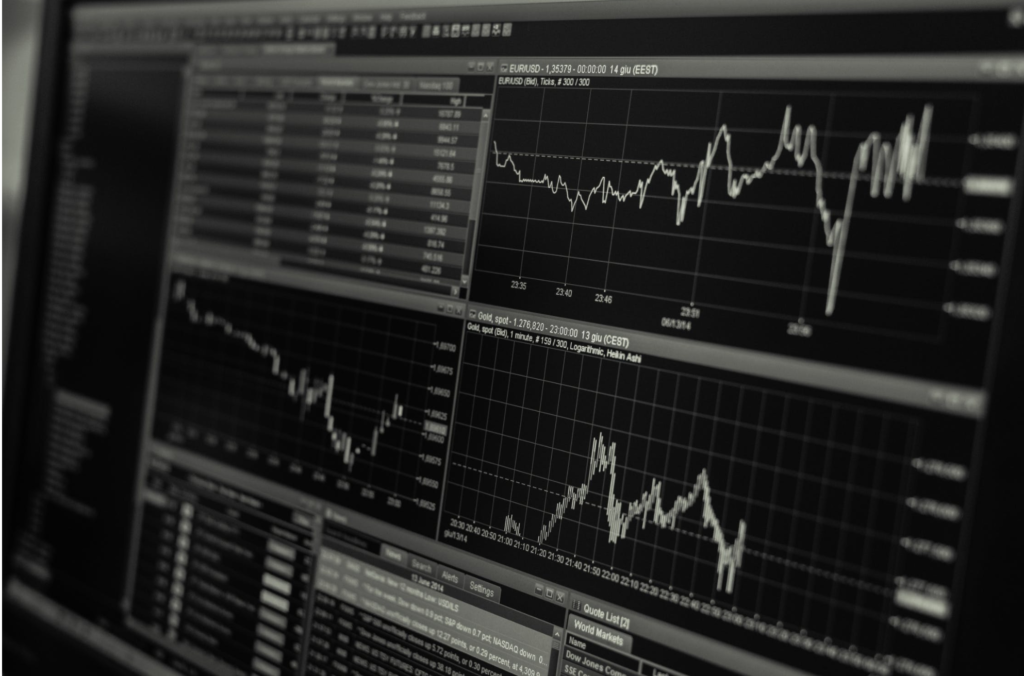Follow these tips to up your trading game and close the gap between you and the pros.
Use trailing stops
As an experienced trader, you’ll know how annoying it is to get stopped out of a trade. Basically, you set a stop limit on the trade to prevent losses over a certain percentage or price level. If you’re holding an equity it’s probably a stop limit if the price falls below a certain point. For a spread bet, it may be a point above the price if you’ve sold the stock, or below the price if you’ve bought it.
Say you have a great buy trade that is doing well, but as the stock keeps climbing, you have to keep resetting the stop in case it falls suddenly – you don’t want to lose all of your gains. This is where trailing stops come in. When the market moves, so does the trailing stop. In effect you have turned a static number “sell if the stock drops to 10”, to a dynamic number, “sell if the stock drops 10%.”
Whether you choose a percentage, a movement against one of the moving averages, or a closing price will depend on what’s available from the technology in the trading platform and the broker you are using. Someone like CMC markets will have clear options for trailing stops in stocks, forex and other instruments.

In forex trades, say you want to take a long position on GPB/EUR, you can insure yourself against losses by setting a stop limit that will be activated if there is a strong market move against the direction of your trade. This allows you to let profitable trades run a little longer, knowing that any sudden shock isn’t going to wipe you out.
Develop a trading strategy, by calculating expectancy
Many new traders don’t realise that you can have a majority of losing trades and still be very profitable. Successful trades are not necessarily the same as profitable trades over the long run. So when you test your trading strategy to see how successful it is, you need to consider expectancy.
Expectancy is the process by which you analyse and weight the number of successful trades and their profit, against the number of unsuccessful trades and their losses. If your system has a 75% winning record, and averages a profit of £100 you might feel you’re doing well. But if you have 25% losses and these average £1,000 it won’t be long before you’re out of funds.
There’s a formula you can apply. First work out the total number of trades. Then calculate the number that made money and the number that lost money, as a percentage of the total number of trades.
Now work out the average profit, and the average loss per trade.
Now you can calculate your trade expectancy:
(winning trades as a percentage of total trades X average size of the profit) MINUS (losing trades as a percentage of total trades X average size of the loss)
If the result is negative, your trading strategy has lost you money and will continue to do so in the future. If the number is positive, you will expect your strategy to keep making you money. The main thing about expectancy is that it allows you to test how successful a strategy is over time.
Don’t trade more than 2%
Pros don’t risk more than 2% of their portfolio value on any one trade. Because they intend to stay in the game!
